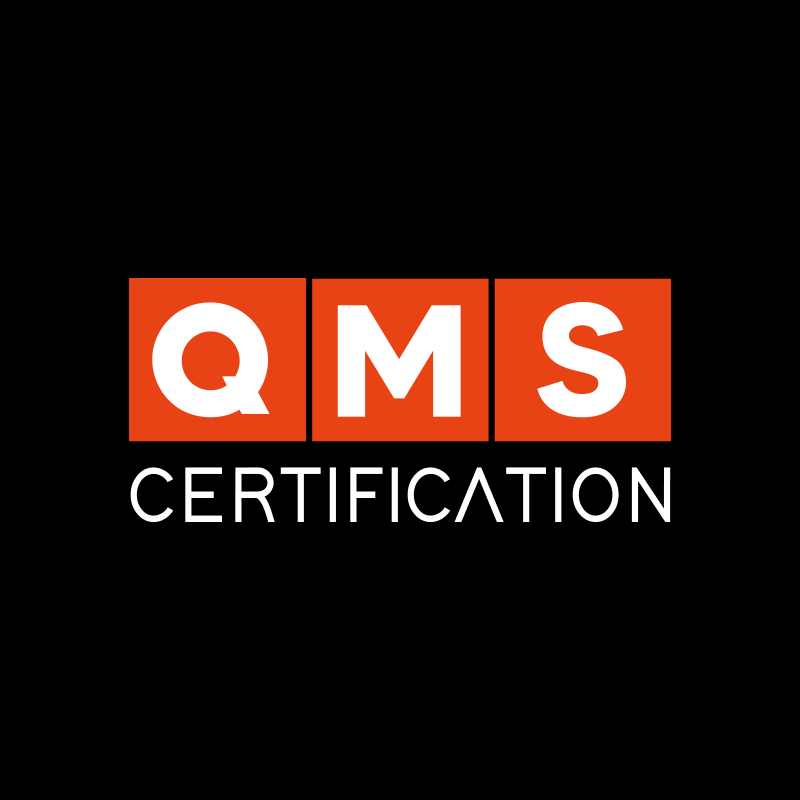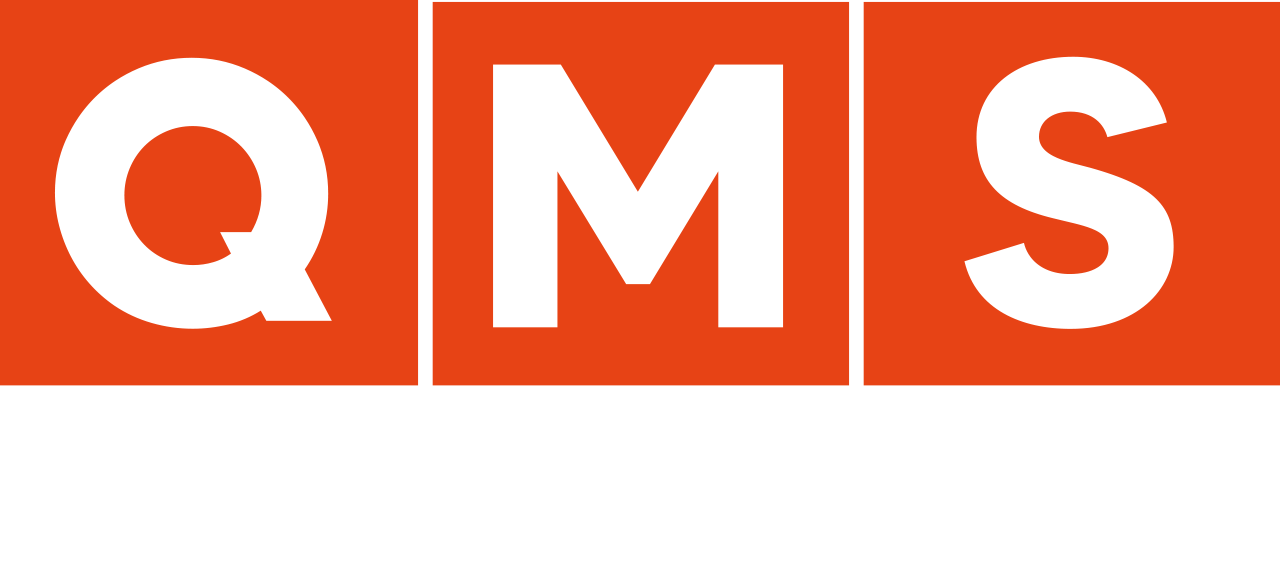In today’s article, we will explore ISO 14001, a standard that is becoming increasingly important for businesses. With the rise of climate impacts worldwide, organizations around the globe are seeking ways to better utilize their resources, cause less environmental impact, and work towards preserving the environment.
Companies that do not work to improve their environmental performance face various problems. Nowadays, many consumers are aware of climate change, and ignoring it can cause severe damage to a company’s reputation.
Moreover, environmental regulations are becoming stricter, making the lack of a guiding standard leave the company more vulnerable to legal risks such as fines, sanctions, and even operational interruptions. Not to mention, it can also exacerbate the damage to the organization’s image.
For all these reasons, having ISO 14001 is essential to ensure better results and sustainability for your company.
What is ISO 14001 – Environmental Management System (EMS)?
ISO 14001 is a standard published by the ISO – International Organization for Standardization. It establishes criteria for the creation, implementation, maintenance, and improvement of an environmental management system (EMS). Among the objectives of the standard, we can highlight:
- Improvement of environmental performance: the standard encourages organizations to consider the continuous improvement of environmental performance and their impacts on the environment;
- Legal compliance: ISO 14001 also aims to assist organizations in complying with applicable and relevant environmental regulations for each type of business;
- Reduction of environmental impacts: the standard encourages companies to minimize the possible negative environmental impacts caused by their activities.
The standard is recommended for all companies, regardless of size (small, medium, and large), that aim to reduce their environmental impact, ensure regulatory compliance, and demonstrate their commitment to sustainability.
Its adoption brings several benefits to companies. Among them, we can highlight some cited on the ISO’s website:
Enhanced environmental performance: adopting ISO 14001 can lead to a notable reduction in waste production, resource consumption, and pollutant emissions, ultimately resulting in a minimized environmental footprint.
Regulatory compliance: the standard helps in understanding and meeting legal environmental requirements, aiding organizations in avoiding potential fines, penalties, and legal actions.
Cost savings: efficient use of resources, waste reduction, and simplified processes generally result in significant cost reductions, offsetting the costs of implementing and maintaining the EMS.
Stakeholder and customer confidence: in a market that increasingly values green initiatives, ISO 14001 certification can differentiate a company, enhancing its reputation and promoting loyalty among stakeholders and customers.
Risk management: ISO 14001 provides tools to identify, assess, and manage environmental risks, protecting the organization from potential liabilities and unexpected interruptions.
Operational excellence: the continuous improvement principles embedded in the standard can lead to streamlined operations, waste minimization, and increased productivity.
A bit about the history of ISO 14001
The history of ISO 14001 reflects the evolution of global environmental awareness and its importance for organizations worldwide, which gained significant momentum starting in the 1970s. Several significant environmental disasters highlighted the importance of this issue, leading to the emergence of various environmental regulations around the world.
Many years later, in 1993, the International Organization for Standardization (ISO) created Technical Committee 207 (ISO TC 207), an internal group responsible for developing international standards related to environmental management.
Three years later, in 1996, the first edition of ISO 14001 was published. It was the first international standard specifying requirements for an environmental management system (EMS), based on existing environmental management models developed in countries like the United Kingdom and Canada – including, for example, the British Standard BS 7750.
Since then, ISO 14001 has been revised and updated according to the needs of the international environmental context, with the current version being 2015. Additionally, it has been used by companies worldwide. The standard plays a crucial role in promoting sustainable business practices and the continuous improvement of organizations’ environmental performance, thus helping to foster more conscious use of natural resources and environmental preservation.
Standards related to the Environmental Management System (EMS)
ISO 14001:2015 Environmental Management Systems is actually just one of the extensive 14000 family of standards. Various supporting standards can be found and play a fundamental role depending on the company’s operational context. Let’s look at some of them:
- ISO 14004 – a standard that provides guidelines for implementing, maintaining, and improving an environmental management system, complementing ISO 14001 with practical guidance;
- ISO 14031 – offers a framework for measuring and evaluating the effectiveness of environmental management, helping to identify problems and areas for improvement;
- ISOs 14040 and 14044 – define principles and guidelines for conducting life cycle assessments (LCA), helping to understand and minimize the environmental impacts of products and services throughout their life cycle;
- ISO 14046 – specifies principles, requirements, and guidelines related to the water footprint assessment of products, processes, and organizations, helping to manage water use and reduce impacts on water resources;
- ISO 14064 – establishes a framework for measuring, reporting, and verifying greenhouse gas (GHG) emissions, being an essential standard for emissions management and transparency regarding climate change.
We can say that these standards are crucial for promoting sustainability and the continuous improvement of organizations’ environmental performance, but they represent only a small part of the 14001 family. Therefore, it is worth researching and delving into other standards related to EMS.
Sustainability: A Mandatory Topic for All Organizations Worldwide
Implementing ISO 14001 demonstrates our companies’ commitment to environmental management and global sustainability, while also providing a systematic approach for continuous improvement of environmental performance.
For this reason, ISO 14001 is currently widely adopted by organizations around the world and plays a crucial role in promoting sustainable business practices and continuous improvement of organizations’ environmental performance. Finally, it is worth noting that this effort translates into positive results in all areas, including environmental, financial, and reputational!











